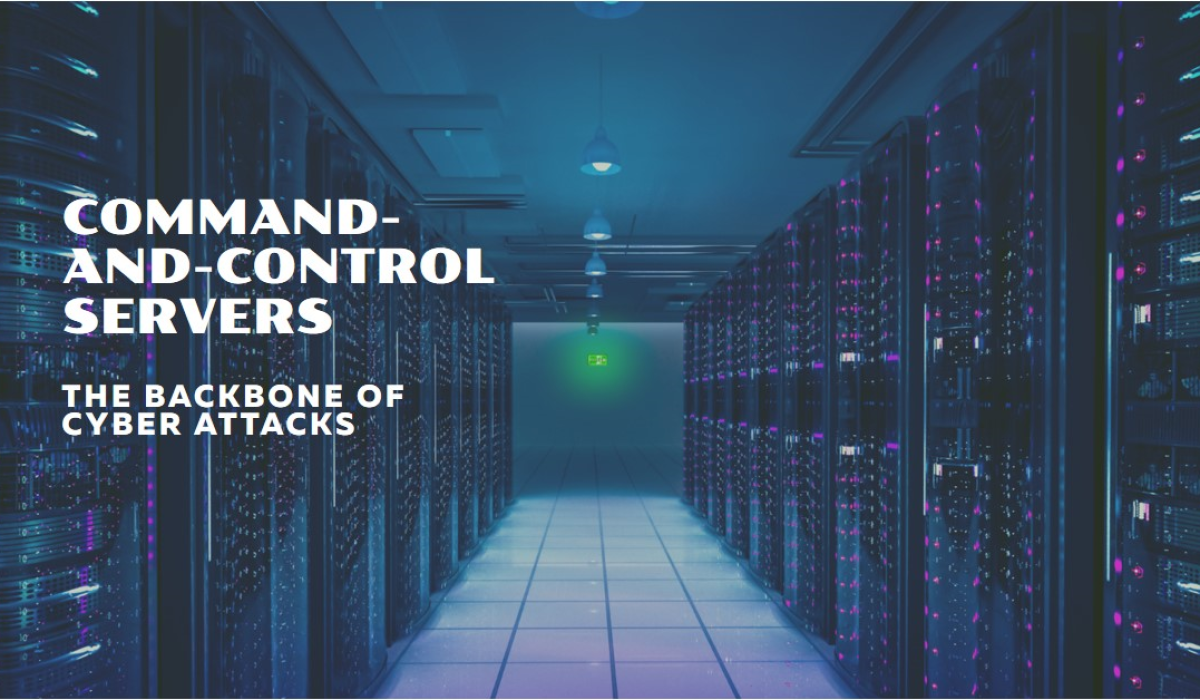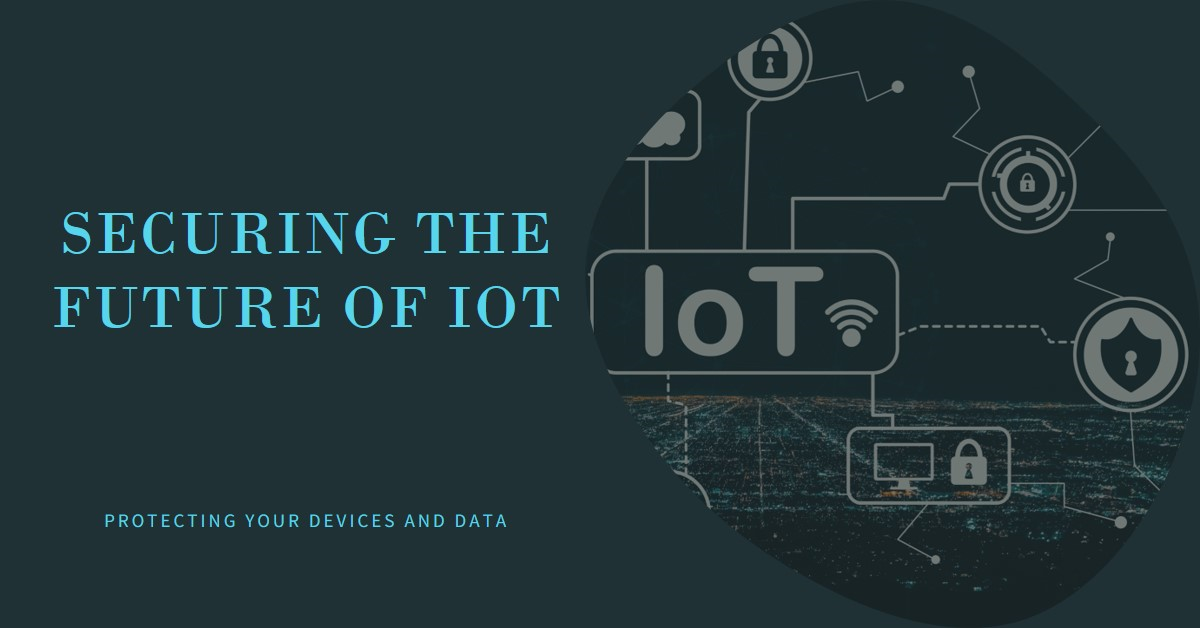Command-and-control (C2) servers are the linchpin of cybercriminal operations, serving as the central hub for orchestrating attacks. These servers act as the puppet masters, remotely controlling a network of compromised devices, often referred to as a botnet. Understanding how C2 servers function is crucial for effective cybersecurity defense.
C2 Servers in Action
C2 (Command and Control) servers are a critical component of many cyber attacks. They act as the centralized point from which attackers control compromised machines and orchestrate their malicious activities. Here’s how cyber attackers typically use C2 servers:
a) Sending commands to compromised machines:
- Once malware infects a target system, it establishes a connection to the C2 server.
- Attackers can then issue commands through the C2 server to:
- Explore the infected network
- Escalate privileges
- Move laterally to other systems
- Execute specific malicious actions
- Commands might include instructions to:
- Scan for additional vulnerabilities
- Download and install additional malware
- Modify system settings
- Create backdoors for persistent access
b) Receiving stolen data or exfiltrating sensitive information:
- C2 servers often serve as the destination for data theft operations.
- Compromised systems can be instructed to:
- Collect sensitive files, documents, or databases
- Capture keystrokes or screenshots
- Gather system and network information
- This stolen data is then transmitted back to the C2 server, often using encrypted channels to avoid detection.
- Attackers can then access and analyze the exfiltrated data from the C2 server.
c) Updating malware or executing additional payloads:
- C2 servers allow attackers to dynamically update their malware:
- Patch vulnerabilities in their own code
- Add new features or capabilities
- Adapt to changes in the target environment
- They can push out new malware variants or additional malicious payloads:
- This allows for multi-stage attacks
- Attackers can deploy specialized tools as needed
- C2 servers can also instruct malware to self-destruct or go dormant to avoid detection.
Real-world examples of notorious C2 server networks:
- Cobalt Strike:
- Originally a legitimate penetration testing tool, Cobalt Strike has been widely adopted by cybercriminals.
- Its C2 infrastructure is highly flexible and has been used in numerous high-profile attacks.
- Example: The REvil ransomware group has used Cobalt Strike in their operations.
- Trickbot:
- A sophisticated banking trojan turned malware-as-a-service platform.
- Its C2 infrastructure is highly resilient, using a tiered approach with proxy C2 servers.
- Has been used in major ransomware campaigns, including Ryuk and Conti.
- APT29 (Cozy Bear) infrastructure:
- A Russian state-sponsored group known for high-profile attacks.
- Uses a complex network of C2 servers, often leveraging compromised websites as proxies.
- Implicated in the SolarWinds supply chain attack of 2020.
- Emotet:
- A notorious banking trojan and malware distribution platform.
- Used a large, constantly evolving network of C2 servers.
- Known for its ability to quickly adapt and evade detection.
- Was taken down in a coordinated law enforcement action in 2021, but has since resurfaced.
- Mirai Botnet:
- Famous for massive DDoS attacks using IoT devices.
- Used a relatively simple C2 structure but was highly effective due to the sheer number of compromised devices.
The Stealthy Nature of C2 Communications
C2 communications are designed to be as covert as possible to avoid detection by security tools and analysts. Attackers employ various sophisticated techniques to make their C2 traffic blend in with legitimate network activity. Here’s an in-depth look at how C2 communications often evade detection:
a) Encryption and Obfuscation Techniques:
Encryption:
- SSL/TLS encryption: Many C2 servers use HTTPS to encrypt their traffic, making it difficult to inspect the content of communications.
- Custom encryption algorithms: Some advanced malware uses proprietary encryption methods to further obfuscate their traffic.
Obfuscation:
- Data encoding: C2 traffic may use various encoding methods (e.g., Base64, XOR) to disguise the true nature of the data.
- Traffic manipulation: Attackers may chunk data into smaller packets or introduce deliberate delays to avoid pattern recognition.
- Steganography: In some cases, C2 instructions might be hidden within seemingly innocuous files like images or audio.
Protocol Abuse:
- DNS tunneling: Attackers can embed C2 communications within DNS queries and responses.
- ICMP tunneling: Control messages can be hidden within ICMP packets, which are often less scrutinized.
b) Use of Legitimate-looking Domains:
Domain Fronting:
- Attackers leverage trusted, high-reputation domains as a front for their C2 infrastructure.
- Example: Using content delivery networks (CDNs) like Amazon CloudFront or Google App Engine to mask the true destination of traffic.
Typosquatting:
- Registering domains that are slight misspellings of legitimate websites.
- These can easily be overlooked in logs or by users.
Compromised Websites:
- Attackers may compromise legitimate websites and use them as proxies for C2 communication.
- This abuses the trust and reputation of the compromised site.
Living off the Land:
- Utilizing legitimate cloud services (e.g., Google Drive, Dropbox) for C2 communication.
- This traffic often looks like normal business activity.
c) Dynamic IP Addresses and Domain Generation Algorithms (DGAs):
Dynamic IP Addresses:
- Rapidly changing the IP addresses associated with C2 servers.
- Use of fast-flux networks where multiple IP addresses are associated with a single domain and rotated quickly.
Domain Generation Algorithms (DGAs):
- Malware uses an algorithm to generate a large number of domain names dynamically.
- Only a few of these domains are actually registered by the attacker at any given time.
- This makes it extremely difficult to block all potential C2 domains proactively.
- Examples: The Necurs botnet was known for its sophisticated DGA.
Time-based Activation:
- C2 domains or IP addresses may only be active for short periods, making them harder to detect and block.
Peer-to-peer (P2P) Communication:
- Some advanced malware uses P2P networks for C2, eliminating the need for a centralized server.
- This distributed approach makes it much harder to identify and block C2 traffic.
Additional Evasion Techniques:
Traffic Mimicry:
- Shaping C2 traffic to resemble legitimate protocols (e.g., making it look like normal web browsing).
Timing-based Evasion:
- Communicating at irregular intervals or during times of high network activity to blend in.
Polymorphic Malware:
- Constantly changing the malware’s code and communication patterns to evade signature-based detection.
These stealthy techniques make C2 communications a significant challenge for cybersecurity professionals. Detecting and mitigating C2 traffic often requires a combination of:
- Advanced network traffic analysis
- Behavioral anomaly detection
- Machine learning algorithms
- Threat intelligence feeds
- Regular security updates and patches
Impact on Cybersecurity
The critical role of monitoring and disrupting C2 communications cannot be overstated in modern cybersecurity. It impacts several key areas:
Early detection of cyber threats:
- Identifying C2 traffic often provides the first indication of a compromise.
- This early warning allows security teams to respond before significant damage occurs.
- Example: Detecting beaconing activity to a known malicious IP address can reveal an infected system before data exfiltration begins.
Preventing data breaches and unauthorized access:
- Disrupting C2 communications can prevent attackers from issuing commands or exfiltrating data.
- This can effectively neutralize an attack even if initial compromise has occurred.
- Case study: The FBI’s disruption of the Emotet botnet’s C2 infrastructure in 2021 prevented countless potential breaches.
Mitigating the spread of malware:
- Many forms of malware, especially ransomware, rely on C2 communications to spread laterally within a network.
- By cutting off this communication, organizations can contain infections to a single system or segment.
- Example: WannaCry ransomware’s spread was significantly slowed by the discovery and sinkholing of its hardcoded C2 domain.
Strategies for Defense
To safeguard against C2-based attacks, organizations should consider the following recommendations:
Implement robust network monitoring tools:
- Deploy next-generation firewalls (NGFW) and intrusion detection/prevention systems (IDS/IPS).
- Utilize network traffic analysis (NTA) tools to identify anomalous patterns.
- Implement SIEM (Security Information and Event Management) solutions for centralized log analysis and correlation.
Block suspicious domains and IP addresses:
- Maintain an up-to-date blocklist of known malicious domains and IPs.
- Use DNS filtering to prevent communication with suspicious domains.
- Implement geo-blocking to restrict traffic from high-risk countries if business needs allow.
Collaborate with threat intelligence services:
- Subscribe to reputable threat intelligence feeds to stay informed about emerging C2 infrastructure.
- Participate in information sharing communities (e.g., ISACs) to benefit from collective knowledge.
- Regularly update security tools with the latest threat intelligence.
Educate users about phishing and social engineering:
- Conduct regular security awareness training for all employees.
- Simulate phishing attacks to test and improve user vigilance.
- Establish clear procedures for reporting suspicious emails or activities.
Additional defensive strategies:
- Implement strong access controls and the principle of least privilege.
- Regularly patch and update all systems and software.
- Use application whitelisting to prevent unauthorized executables from running.
- Employ network segmentation to limit the potential spread of infections.
- Consider using deception technologies (e.g., honeypots) to detect and analyze C2 activities.
Conclusion
Understanding C2 servers and their communications is crucial in today’s cybersecurity landscape. These systems form the backbone of many sophisticated cyber attacks, from state-sponsored espionage to large-scale ransomware campaigns.
By recognizing the importance of C2 infrastructure in the attack chain, organizations can:
- Develop more effective detection and response strategies.
- Improve their overall security posture.
- Minimize the potential impact of cyber attacks.
The ever-evolving nature of C2 techniques means that cybersecurity is not a one-time effort but an ongoing process. Organizations and individuals must remain vigilant and proactive in their defense against cyber threats.





